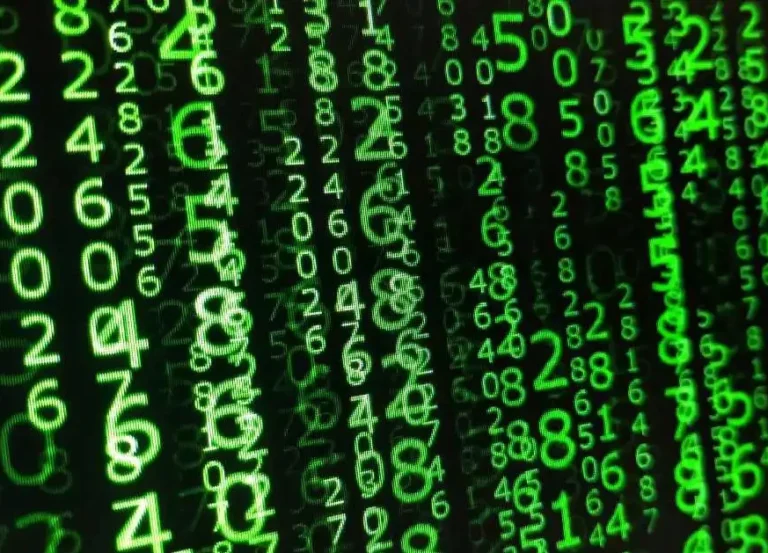Introduction to the Numbers 9.02, 8.9975, and 13.5
Numbers have always been the backbone of scientific progress, guiding us through the mysteries of the universe. Among these, the numbers 9.02 8.9975 13.5, stand out as particularly intriguing. These numbers, though seemingly random, have profound implications in various fields, including physics, mathematics, and engineering. In this article, we’ll delve deep into these numbers, exploring their significance, relationships, real-life applications, controversies, and future implications.
The Significance of These Numbers in Various Fields of Study
Physics and Engineering
In physics, numbers often represent constants or measurements that are crucial for understanding the natural world. The number 9.02, for instance, could represent a specific physical constant or a measurement in a particular context, while 8.9975 might be linked to another key constant. Similarly, 13.5 could be associated with a specific calculation or formula used in engineering.
Mathematics
Mathematically, numbers like 9.02 8.9975 13.5 can represent anything from coefficients in equations to specific ratios or even probabilities. Their precise significance depends on the context in which they are used, but they often play a vital role in calculations that lead to groundbreaking discoveries.
Chemistry and Biology
In the realms of chemistry and biology, these numbers could be linked to molecular weights, concentrations, or even genetic sequences. Their importance in these fields cannot be overstated, as even a slight variation in a number can lead to vastly different outcomes.
How These Numbers Are Related to Each Other
While 9.02, 8.9975, and 13.5 might seem unrelated at first glance, they could share a common thread when examined in the right context. For example, these numbers could represent a sequence in a mathematical series, or they might be constants used in a specific scientific formula. Understanding their relationship is key to unlocking their full potential in various applications.
Real-Life Examples and Applications of These Numbers
Engineering Projects
In engineering, precise measurements are crucial. The number 13.5 could represent the angle of a component in a complex machine. These numbers, when used correctly, can lead to the development of cutting-edge technologies.
Scientific Research
In scientific research, numbers like 9.02, 8.9975, and 13.5 could be used to calculate results in experiments. For example, they could represent measurements that need to be taken into account when testing a new drug or when developing a new material. The accuracy of these numbers is crucial to the success of the research.
Economic Models
In economics, numbers often represent percentages, growth rates, or other key indicators. The numbers 9.02, 8.9975, and 13.5 could be part of a complex economic model used to predict market trends or to evaluate the impact of a new policy. Their precise calculation can lead to better decision-making and more accurate predictions.
The Controversy Surrounding the Accuracy of These Numbers
Despite their importance, the accuracy of numbers like 9.02 8.9975 13.5 is often a subject of debate. This controversy arises from the fact that even a slight error in measurement or calculation can lead to vastly different outcomes. For instance, in engineering, an error in one of these numbers could lead to a faulty design, while in scientific research, it could lead to incorrect conclusions.
Challenges in Measurement
Measuring physical quantities with extreme precision is always challenging. The numbers 9.02 and 8.9975, for example, might represent measurements that are difficult to obtain with 100% accuracy due to limitations in current technology. This challenge is a significant source of controversy and discussion within the scientific community.
Debates in Theoretical Studies
In theoretical studies, the debate often revolves around the interpretation of these numbers. Are they constants that apply universally, or are they specific to certain conditions? This question is central to the controversy surrounding their accuracy and relevance in various fields.
The Future Implications and Advancements Related to These Numbers
As technology advances, our ability to measure and calculate numbers like 9.02, 8.9975, and 13.5 with greater accuracy will improve. This advancement will likely lead to new discoveries and innovations in various fields.
Technological Advancements
Future technologies, such as quantum computing or advanced sensors, could allow us to measure these numbers with unprecedented precision. This accuracy could lead to new breakthroughs in fields like engineering, where precise measurements are crucial for developing new materials and technologies.
Impacts on Scientific Research
In scientific research, more accurate measurements and calculations could lead to a better understanding of natural phenomena. For instance, a more precise value for 9.02 or 8.9975 could lead to a new theory in physics or a new material with unique properties.
Global Implications
The global implications of these advancements could be far-reaching. For example, more accurate economic models could lead to better decision-making at the policy level, while new technologies based on precise measurements could drive economic growth and improve quality of life.
Conclusion
Numbers like 9.02 8.9975 13.5 might seem insignificant on their own, but they play a crucial role in various fields, from physics and engineering to economics and beyond. Understanding their significance, the controversies surrounding their accuracy, and the potential future implications of these numbers is key to unlocking their full potential.
